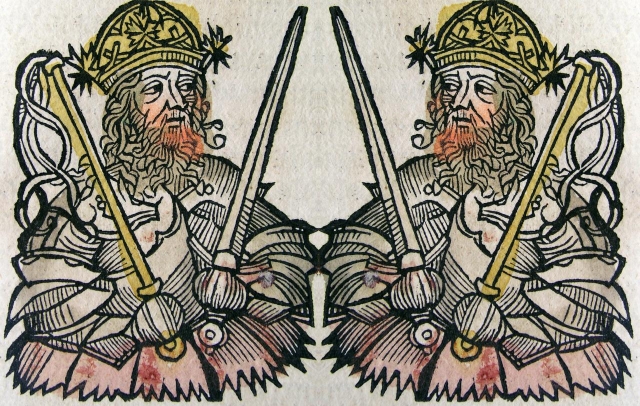The Huns
Ancient European History

An introduction to the Huns
In this podcast Professor Peter Heather of King's College London looks at the history of the Huns.
The Huns were a nomadic people who lived in Central Asia, the Caucasus, and Eastern Europe between the 4th and 6th century AD. The Huns' arrival to Europe is associated with the migration westward of an Iranian people, the Alans. By 370 AD, the Huns had arrived on the Volga, and by 430, they had established a vast, if short-lived, dominion in Europe, conquering the Goths and many other Germanic peoples living outside of Roman borders and causing many others to flee into Roman territory.
The Huns, especially under their King Attila, made frequent and devastating raids into the Eastern Roman Empire. In 451, they invaded the Western Roman province of Gaul, where they fought a combined army of Romans and Visigoths at the Battle of the Catalaunian Fields, and in 452, they invaded Italy. After the death of Attila in 453, the Huns ceased to be a major threat to Rome and lost much of their empire following the Battle of Nedao (c. 454).
1. Who were the Huns?
2. What prompts the Huns migration west?
3. How does the invasion west develop?
4. What impact do the Huns have as they move west?
5. Who was Attila the Hun?
6. The impact of Attila and the Huns. The arrival and rise of the Goths.
7. A potential mortal threat to the Western Roman Empire.
8. How long do the Huns last as a major political force in Europe?
In order to access the full content of the podcasts please Login or Join the HA.

